Basements are often damp, musty spaces that can be difficult to keep dry. If you’re having trouble with water seeping into your basement, don’t worry – there is a solution! We’ll teach you how to waterproof your basement from the inside. We’ll cover everything from the common causes of basement leaks to the best methods for preventing moisture damage. So read on and learn how to protect your home and belongings from water damage!
What Causes Basement Moisture?
There are a few things that can cause your basement to become moist.
One is hydrostatic pressure. This happens when the water table outside of your home is higher than the floor of your basement. The water puts pressure on your walls and forces moisture through any cracks or porous areas in the foundation.
Another common cause is condensation. This happens when humid air hits a cold surface, like a concrete wall or floor. The air turns into water droplets, and over time, this can lead to mold and mildew growth. [1]
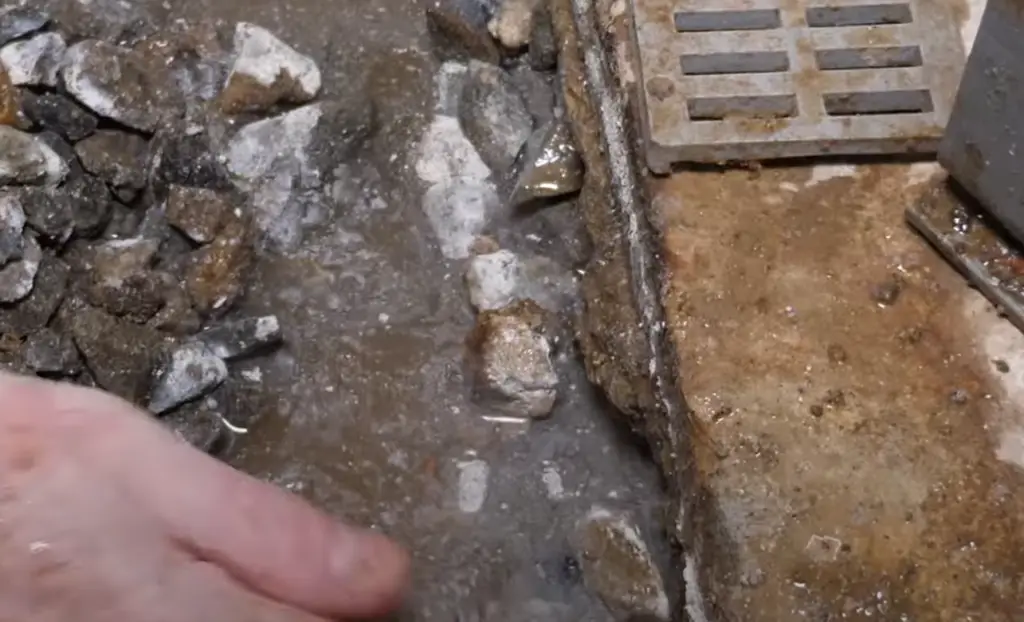
Why Should You Waterproof Basement Walls?
By waterproofing your basement walls from the inside, you can rest assured that your home will be protected against water damage. There are a number of different ways for waterproofing, but we’ll focus on one of the most effective methods: installing an interior drainage system.
What Are the Signs that Basement Walls Need Waterproofing?
The most common sign is if you see water seeping through cracks or other openings. Other signs include:
- Water stains on the walls or floor;
- Musty smells coming from the basement;
- Mildew growth on surfaces in the basement;
If you notice any of these signs, it’s important to take action to waterproof your basement as soon as possible. Ignoring these problems will only make them worse and could lead to serious damage to your home. [2]
Seepage Problems that Require Waterproofing Inside
There are several reasons why water may seep through the basement walls or floor. Some of these are due to hydrostatic pressure, while others are the result of poor drainage around the foundation or cracks in the concrete.
Hydrostatic pressure is created when there is a high water table, rainfall, melting snow, or faulty gutters and downspouts that allow rainwater to pool around the foundation. This pressure can force water through any small opening in the foundation, including cracks and pores in concrete.
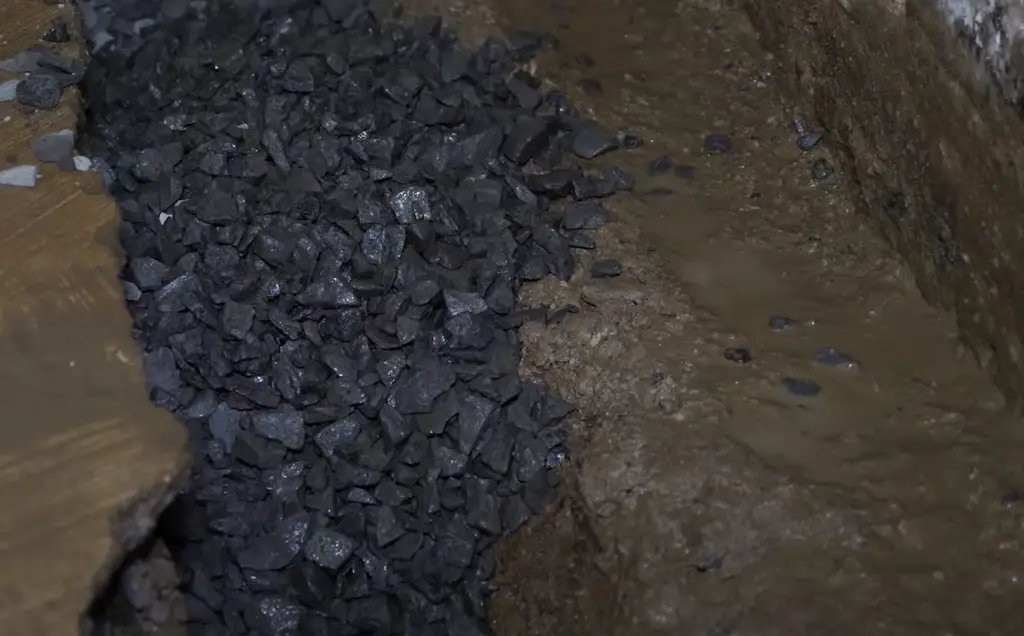
Another common problem is poor drainage around the foundation. If there is not enough slope away from the house, rainwater will pool next to it and seep into any cracks or openings. The soil around the foundation should be sloped at least six inches for every ten horizontal feet.
Foundation cracks are another common issue that can cause seepage. These may be caused by settling, poor construction, or expansion and contraction of the concrete due to changes in temperature. Cracks as small as one-sixteenth of an inch can allow water to seep through.
How to Waterproof a Basement Inside
If your basement is wet, you’re not alone. In fact, over 60% of homes in the United States have some type of moisture problem in their basement. The good news is that there are a number of things you can do to waterproof your basement from the inside.
If you have a lot of moisture in your basement, consider installing a sump pump. It is a pump that is installed in the floor of your basement and it pumps water out of your basement and away from your home. This is an excellent way to keep your basement dry and to prevent flooding.
Ensure there is adequate drainage in your area. Ensure that your gutters are clean and that they are draining properly. You may also want to install some additional drains around the perimeter of your home. These drains will catch any water that leaks into your basement and allow it to drain away from your home.
Finally, you should make sure that you have adequate ventilation in your basement. Basements can be very damp and musty places, so it’s important to have good ventilation to prevent mold and mildew from growing. You can install a fan in your basement or you can open up windows to allow fresh air to circulate. [3]
Interior Waterproofing Your Basement Walls and Basement Floor
The first step to waterproofing the basement from the inside is to repair any cracks in your basement walls and floor. Cracks in your foundation allow water to seep into your basement, which can lead to mold growth and other serious problems.
Once you’ve repaired the cracks in your foundation, you need to install a drainage system around the perimeter of your basement. This will help keep water away from your foundation and prevent it from seeping into your basement. There are several different types of drainage systems available, so you’ll need to choose one that’s right for your home.
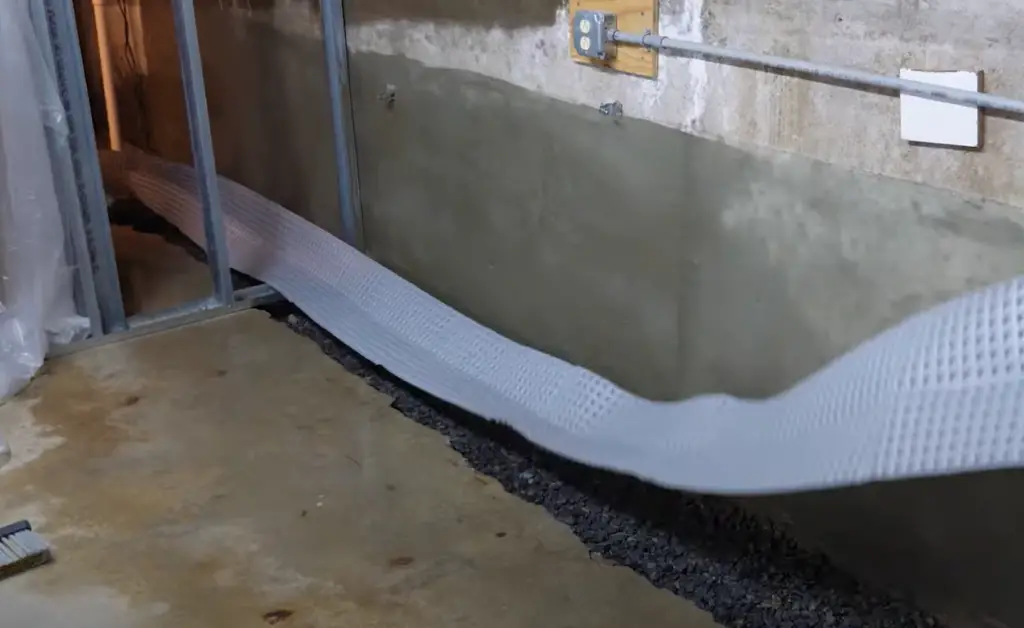
You may need to install a sump pump in your basement. A sump pump will help remove water from your basement and prevent it from flooding.
Applying a waterproofing sealant to your basement walls and floor is an important step in preventing water damage, but it’s not the only step you need to take.
Taking these steps will help waterproof your basement from the inside and prevent water damage. However, if you live in an area with a high water table or if you have significant foundation problems, you may need to consult with a professional about additional waterproofing options. Professional waterproofing companies can provide you with more information about how to waterproof your basement from the inside and help you choose the best option for your home.
Use this guide to waterproof your basement from the inside and protect your home from water damage. By taking these steps, you can prevent serious problems like mold growth and flooding. If you have any questions about how to waterproof your basement, feel free to contact a professional waterproofing company for more information.
Before You Begin
There are a few things you need to do before you start waterproofing your basement:
- First, you need to check for any cracks or leaks in your foundation;
- Next, you need to make sure that your gutters and downspouts are clean and free of debris. Clogged gutters and downspouts can cause water to back up into the basement;
- Finally, you should check your basement windows and doors to make sure they’re properly sealed. If you see any cracks or gaps around your windows and doors, you should seal them with caulk or weatherstripping;
Once you’ve taken these steps, you’re ready to start waterproofing your basement from the inside.
Step 1: Clean the Area
- The first step in waterproofing your basement is to clean the area. You need to remove any dirt, dust, or debris that could potentially clog your drainage system. Use a broom or vacuum to clean the floor and walls of your basement;
- Next, you need to clear any clutter from the area. This includes removing any boxes, furniture, or other items that could block your drainage system;
- Finally, you should inspect the area for any cracks or leaks;
Once you’ve cleaned the area and repaired any cracks or leaks, you’re ready to move on to step two.
Step 2: Plug Holes
The next step in waterproofing your basement is to plug any holes or cracks. Holes and cracks can allow water to seep into your basement, which can lead to flooding.
To plug holes and cracks, use a concrete patch. Concrete patches come in a variety of sizes and can be applied with a putty knife. Epoxy-based sealants are also available in various sizes.
Once you’ve plugged all of the holes and cracks, you’re ready to move on to step three.
Step 3: Fill Cracks
The next step in waterproofing your basement is to fill any cracks in your foundation.
If you want to fill cracks, your options are a concrete patch or an epoxy-based sealant. Concrete patches come in various sizes, and you can spread them with a putty knife. Epoxy-based sealants not only come in a variety of sizes but can also be applied with either a putty knife or a caulking gun.
Once you’ve filled all of the cracks, you’re ready to move on to step four.
Step 4: Seal Openings
The next step in waterproofing your basement is to seal any openings.
To seal openings, you’ll need to use a caulk gun and a tube of silicone caulk. It is specifically designed for sealing holes and cracks. It’s available in a variety of colors, so you can choose one that matches the color of your home.
To seal an opening, simply apply a bead of silicone caulk around the perimeter of the opening. Then, use your finger or a putty knife to smooth out the caulk. Allow the caulk to dry for 24 hours before moving on to step five.
Step 5: Apply Waterproof Coating
The final step in waterproofing your basement is to apply a waterproof coating. Waterproof coatings provide an extra layer of protection against water damage.
There are a variety of waterproof coatings available on the market, so you’ll need to choose one that’s right for your needs. You can choose from latex-based or oil-based coatings. Latex-based coatings are typically cheaper and easier to apply, but they’re not as durable as oil-based coatings. Oil-based coatings are more expensive, but they’re more resistant to wear and tear.
Once you’ve chosen a waterproof coating, simply follow the instructions on the package to apply it to your basement walls and floors. Most waterproof coatings need to be applied with a brush or roller. [4]
Allow the coating to dry for 24 hours before using your basement.
Basement Waterproofing Tips
Waterproofing your basement from the inside can be a daunting task, but it doesn’t have to be:
- First and foremost, make sure that your gutters are clean and clear of any debris. Clogged gutters can cause water to back up against the foundation and seep into the basement;
- Next, check for any cracks in your foundation or walls. If you find any cracks, seal them with a waterproof sealant to prevent water from entering;
- Finally, install a sump pump in your basement to remove any water that does manage to get in. By following these simple tips, you can keep your basement dry and comfortable all year long;
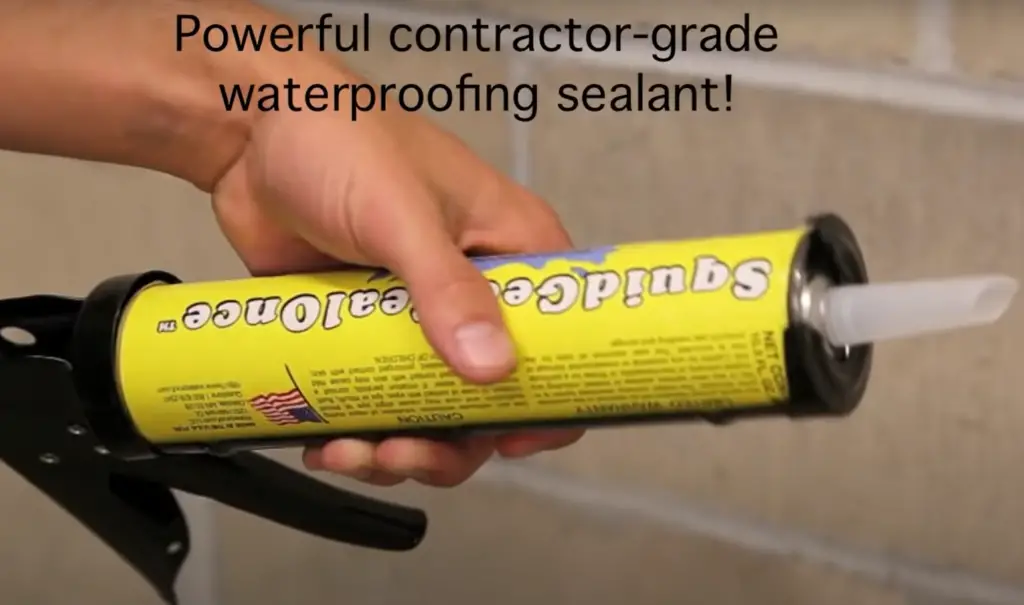
Exterior Waterproofing
The first step to waterproofing your basement from the inside is to make sure that any water that does get in will have somewhere to go. This means installing a proper drainage system and ensuring that your gutters are clear and directing water away from your home. You may also need to excavate around the perimeter of your home to ensure that the ground slopes away from the foundation.
Once you have a drainage system in place, you can begin to waterproof the exterior of your foundation. This can be done with a waterproofing membrane, Hydroclay, or concrete sealer. Waterproofing membranes are typically applied to the foundation walls before backfilling, while Hydroclay and concrete sealers are applied after the basement is finished.
Applying a waterproofing membrane is the most effective way to keep water from entering your basement, but it can be expensive and difficult to apply correctly. Hydroclay and concrete sealers are less expensive and easier to apply, but they may not be as effective at keeping water out.
Once you have chosen a method for waterproofing the exterior of your foundation, you need to make sure that any cracks or gaps are properly sealed. Cracks in the foundation can allow water to seep into your basement, so it is important to seal them with a flexible, waterproof sealant.
Gaps around windows and doors can also be a source of water leaks, so it is important to caulk or seal these areas as well. You may also want to install flashing around windows and doors to help direct water away from these openings.
Preparing for Basement Floods
No one likes the idea of their basement flooding, but unfortunately, it’s a reality for many homeowners. The good news is that there are steps you can take to prepare for a flood and minimize the damage to your home.
One of the best ways to protect your basement from flooding is to install a sump pump. It is a device that pumps water out of your basement if the water level gets too high. Sump pumps can be either automatic or manual, and they’re relatively inexpensive to install.
Another way to prepare for floods is to ensure all of your windows and doors are properly sealed. If water does manage to get into your basement, it’s important to have a way to get it out quickly. Make sure you have a plan in place for how you’ll remove the water from your basement, and make sure all of your family members know the plan.
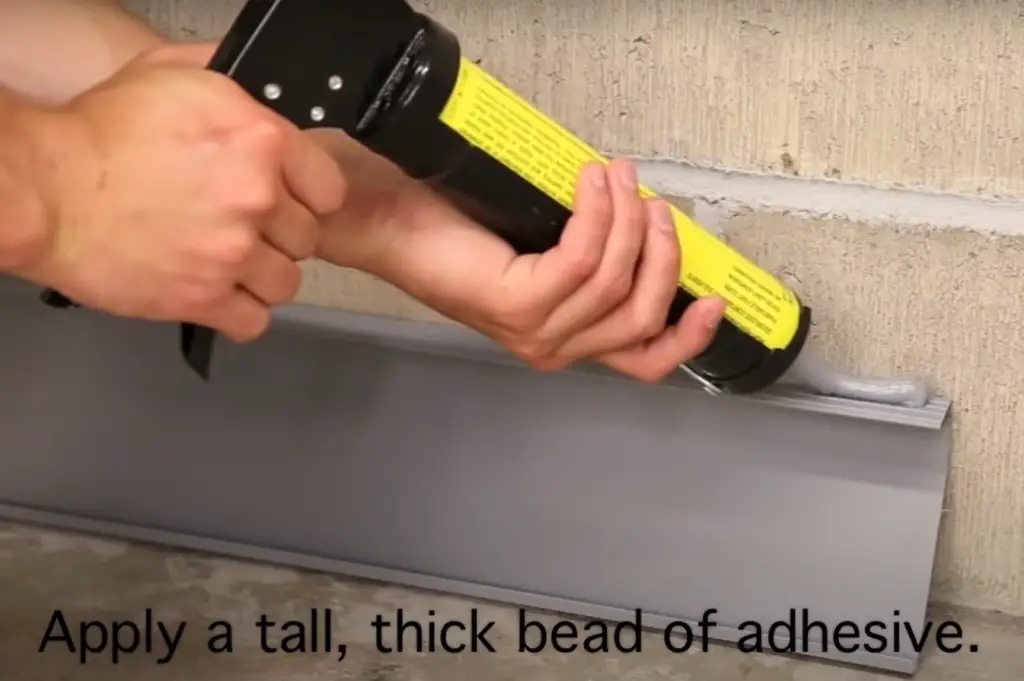
Lastly, it’s important to have insurance that covers flood damage. Even if you take all of the necessary precautions, there’s always a chance that your basement could flood. Having insurance will help ensure that you’re not left with a huge bill if disaster strikes. [5]
Taking these steps will help minimize the damage if your basement does flood. However, the best way to protect your home is to prevent floods from happening in the first place. Waterproofing your basement is the best way to do this, and it’s a relatively simple process.
Waterproofing your basement doesn’t have to be expensive or time-consuming. In most cases, it can be done in a weekend with some basic supplies from your local hardware store.
Does My Crawl Space Need to be Waterproofed Too?
The short answer is yes, you should waterproof your crawl space as well. Waterproofing your basement from the inside will help to keep water out, but if your crawl space isn’t also waterproofed, moisture can still enter your home and cause problems. Crawl spaces are often more difficult to waterproof than basements, so it’s important to consult with a professional before beginning any work.
Waterproofing your basement is an important step in protecting your home from water damage. By taking the time to waterproof both your basement and crawl space, you can help to keep your home dry and comfortable all year long. If you have any questions about how to waterproof a basement from the inside or need help getting started, contact a local waterproofing contractor today.
When Should I Call a Professional Basement Waterproofing Company?
If your basement is already wet, or if you have significant cracks in your foundation, it’s time to call a professional. A qualified waterproofing contractor will be able to assess the situation and determine the best course of action. In some cases, exterior waterproofing may be the best solution. However, if your problem is due to poor drainage around your home, interior waterproofing may be the answer.
Interior waterproofing involves creating a barrier between your basement and the outside world. This can be done with a variety of methods, including:
- Installing a sub-floor drainage system;
- Sealing cracks and gaps in your foundation with hydraulic cement or epoxy;
- Adding an interior drain tile system;
- Installing a sump pump;
Each of these methods has its own set of pros and cons, so it’s important to do your research before making a decision. You may also want to consult with a professional waterproofing contractor to get their opinion on the best course of action for your home.
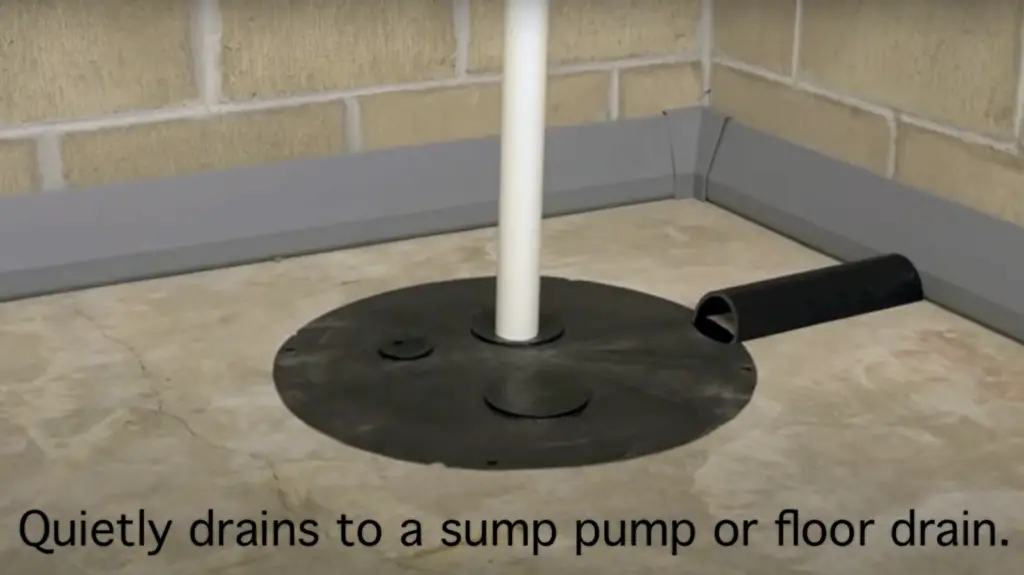
FAQ
What is the cheapest way to waterproof a basement?
One of the cheapest ways to waterproof your basement is to use a sealant. Sealants are available at most hardware stores and can be applied easily with a brush or roller.
Another inexpensive option is to install gutters and downspouts around your home. This will help to redirect rainwater away from your foundation and basement walls.
If you have cracks in your foundation, you can also try filling them with hydraulic cement. This type of cement expands as it dries, so it can help to fill any voids and prevent water from seeping through.
Finally, make sure that you regularly clean your gutters and downspouts to keep them free of debris. Doing this will help ensure that they are able to properly redirect water away from your home. [6]
Can you seal a basement wall from the inside?
The short answer is yes, you can seal a basement wall from the inside.
There are a number of ways to do this, and the best method will depend on the severity of the problem and your budget:
- If you have a small amount of water seepage, you can try sealing the cracks with hydraulic cement or epoxy. For more serious problems, you may need to install an interior drainage system or sump pump. Hydraulic cement and epoxy are both effective at sealing cracks in concrete walls. However, they only work if the cracks are fairly small. If your basement walls have large cracks, you’ll need to use a different method;
- Interior drainage systems are installed on the floor of the basement. They collect water that seeps through the walls and channels it to a sump pump. This is an effective way to keep your basement dry, but it can be expensive to install;
- Sump pumps are used in conjunction with interior drainage systems. They pump water out of the basement so that it doesn’t accumulate. Sump pumps can be powered by electricity or batteries, and they should be tested regularly to make sure they’re working properly;
If your basement is severely flooded, you may need to excavate around the foundation and apply a waterproofing membrane to the outside of the foundation wall. This is a major project, and it should only be done by a professional. [7]
Waterproofing your basement from the inside is a big job, but it’s worth it to keep your home dry and comfortable. By taking the time to do it right, you can avoid expensive repairs down the road.
What is the best way to waterproof a basement?
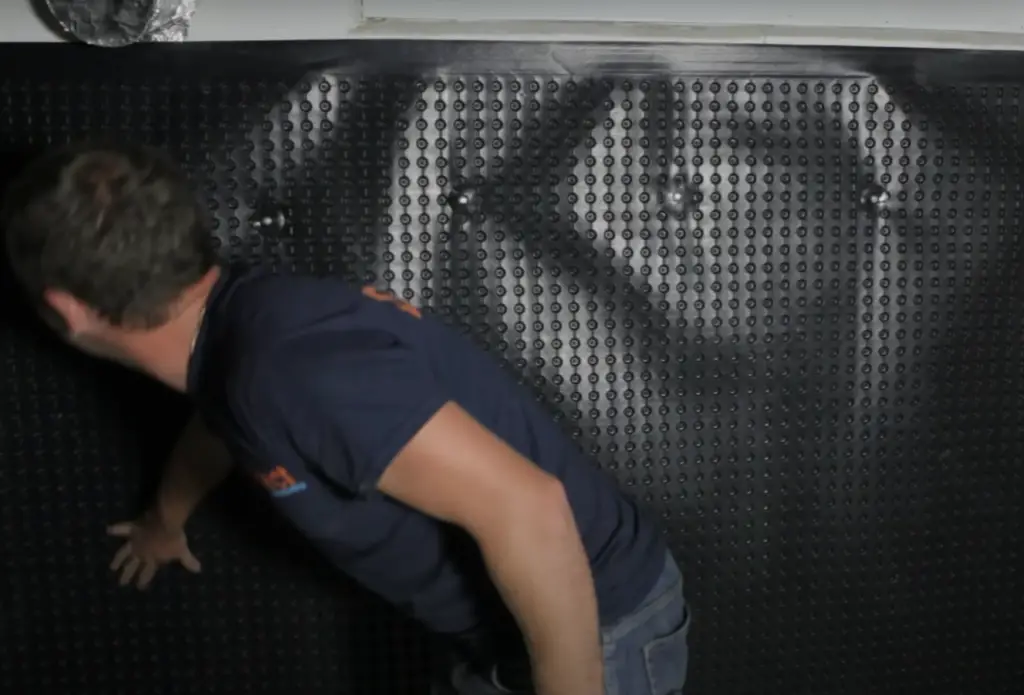
An interior drainage system is the most effective way to prevent water from entering the basement, but it is also the most expensive option. If you are on a budget, you can try some of the cheaper methods listed above. However, keep in mind that none of these methods are as effective as interior drainage.
Can I waterproof my basement myself?
Yes, you can waterproof your basement yourself with some effort and patience. However, it is important to note that none of the methods listed above are guaranteed to work 100% of the time. If you want to ensure the basement stays dry, it is best to hire a professional contractor who specializes in basement waterproofing. [8]
Hiring a professional will be more expensive than doing it yourself, but it will also give you peace of mind.
Should I waterproof my basement from the inside or outside?
This is a common question with no easy answer. It depends on the severity of the problem and your budget. If you have a small amount of water seeping in, you may be able to get away with waterproofing from the inside. But if you have significant flooding, it’s best to waterproof from the outside.
Waterproofing from the outside is more expensive because it involves excavating around your foundation and installing drainage. It’s more effective because it prevents water from ever getting close to your basement walls.
Useful Video: Interior Wet Basement Waterproofing – Direct Waterproofing
Conclusion
Waterproofing your basement is a vital part of protecting your home from water damage. The best way to waterproof the basement will vary depending on the severity of the problem and your budget.
If you’re not sure which method is right for you, we recommend talking to a professional waterproofer. They can assess your situation and give you the best advice for your specific needs.
Thanks for reading!
References:
- https://extension.umn.edu/moisture-and-mold-indoors/moisture-basements-causes-and-solutions
- https://www.bestpickreports.com/blog/post/8-signs-you-need-to-call-a-basement-waterproofer/
- https://www.bobvila.com/articles/tips-for-waterproofing-basement-walls/
- https://www.ringsend.com/blog/post/how-to-waterproof-your-basement-in-5-steps
- https://haysandsons.com/prepare-basement/
- https://www.uswaterproofing.com/learning-center/waterproofing-a-basement-on-a-tight-budget
- https://dryeffect.com/can-you-waterproof-basement-from-inside/
- https://www.pittsburghdrainguys.com/blog/can-i-waterproof-my-basement-myself/

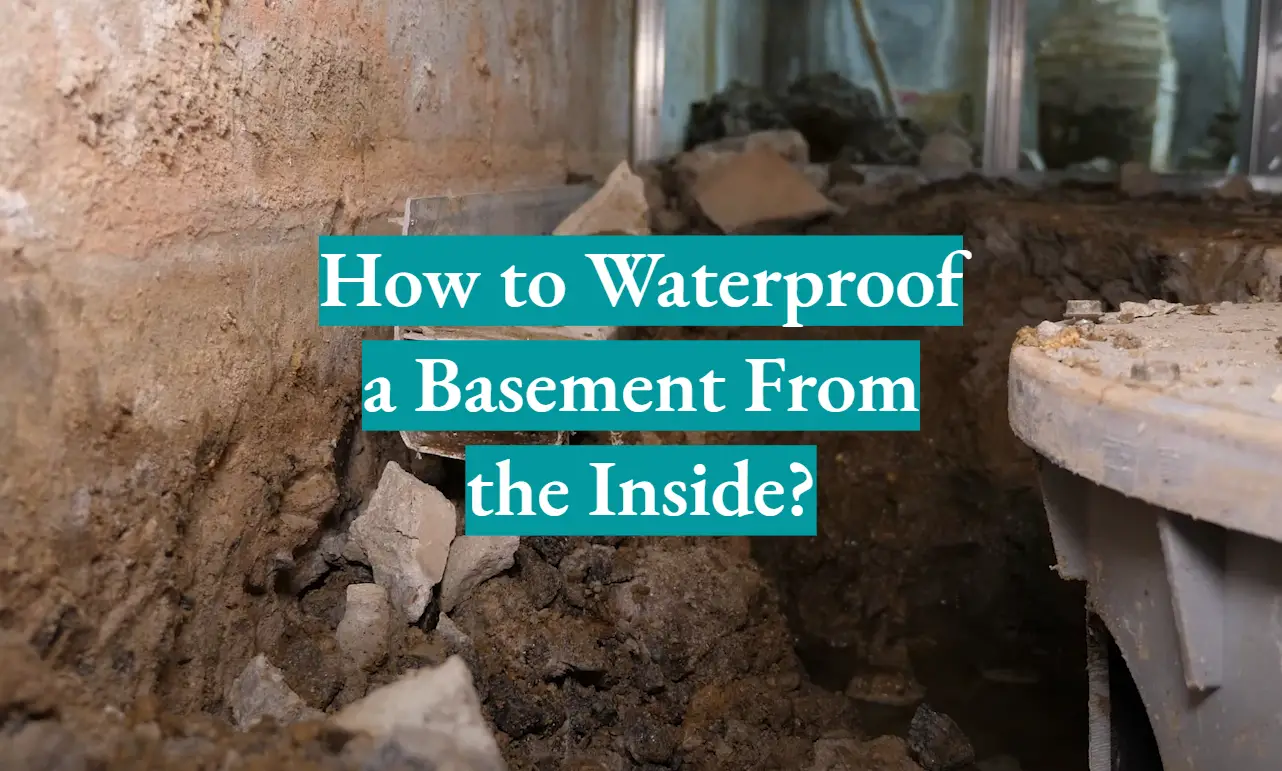
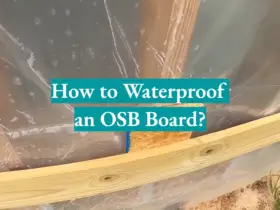
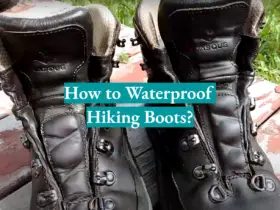


Leave a Reply